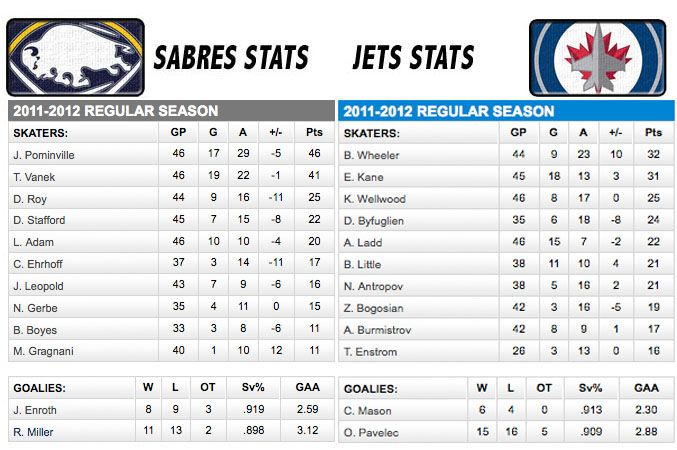I rarely provide direct personal opinions on BurningRiverBaseball.com, but for this episode of the Burning River Book Club, it is necessary to break the fourth wall. I love economics. When I got my business degree from the University of Akron, I took more economy classes than necessary and would have minored in the subject if I had enough time, so when I saw a book that combined economics and baseball I was rife with anticipation. This book is called the The Baseball Economist: The Real Game Exposed by J.C. Bradbury.
Going into this book I was expecting an extremely in depth look into baseball salaries and small to large market economies and while there was a glancing discussion, it was not the primary subject of discussion. The topics actually discussed in The Baseball Economist are split into three groups. The first is actual on the field play, including hit batters, on deck hitters effect on the active game, left handed catchers, arguing with the umpire. Off the field, including the importance of pitching coaches, how small markets can compete with large markets and how steroids have effected baseball. Finally, there are two large sections that discuss how Moneyball topics and whether or not baseball is a monopoly.
In general, the statistics get deeper as the book go on. I was very disappointed at the basic nature of the early chapters because of this, but by the end, he was delving much deeper into the numbers. Even with this, an overall theme was that there was always a step further to be taken in the analysis that Bradbury left for the next statistician to cover. This was especially apparent when discussing dollar values of players. Rather than using WAR or VORP or any generalized quality stat, he created his own, which is fine, but he didn’t include defense. He then postulated that starting pitchers play more in a season than hitters, presuming that all hitters are playing DH.
One argument that I have seen proven in other books previous to this, is that steroids had no or little effect on production. While the first half of the steroids chapter was actual statistical analysis of this question, the second half was an anecdotal discussion of why or why not a player would use steroids, completely ignoring the first half that said they didn’t make any difference.
On a Cleveland centered point of view, there is a chapter titled “The Marlins and Indians? C’mon.” This is included in the discussion on Big vs. Small market teams that decided there is no advantage to playing in a large city. Rather than using money earned or spent, this evaluation was based entirely on city size, completely ignoring the national TV money that makes up the biggest part of teams like the Yankees and Braves salaries. The chapter about the Indians and Marlins extols the virtues of Mark Shapiro for signing players like Jhonny Peralta and Travis Hafner long term. This book came out in 2007 and the last statistics update covered is 2005. He often mentioned how successful the Indians were over the span covered (from 1992 through 2005), using that as a reason they would continue winning throughout the 2000’s. These may have been easy picks at the time to dominate the decade (the Marlins won the World Series in 2003), he couldn’t have been more wrong about who would dominate baseball. Instead, it has been the exact big market teams he said had no advantage, like the Boston Red Sox, San Fransisco Giants, Philadelphia Phillies and Texas Rangers.
Outside of the ignoring of defense, the third section is filled with solid analysis, but doesn’t really provide anything unique and is largely an ode to the book Moneyball and a discussion on how amazing Billy Beane is. The fourth and final section about baseball as a monopoly is also missing key aspects. Instead of discussing the actual competitors against baseball, like the NFL, NBA, TV, movies and other entertainment venues, it is almost completely a generic discussion on what a monopoly is, into depths at no normal person would be interested in.
This book is fine for beginners just getting into sabrmetric analysis, but if you have a background in statistics or economics and have already read into sabrmetrics some, it may be better to skip rather than get annoyed. Of course, if any of the above topics sound interesting, it may be worth picking up as it can be had for as little as one cent on Amazon.
Add The Sports Daily to your Google News Feed!

